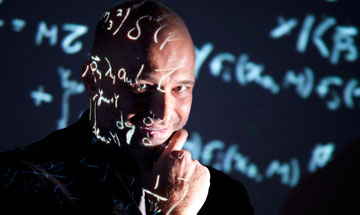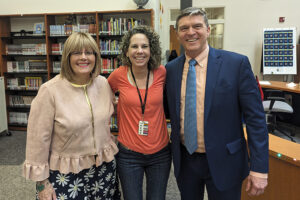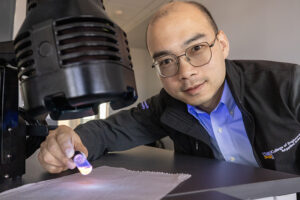
Luis Anchordoqui, a physicist at the University of Wisconsin–Milwaukee (UWM), has received an Early Career Development (CAREER) Award, which will support his work in detecting the most basic building blocks of matter.
CAREER grants are the National Science Foundation’s (NSF) most prestigious grants for younger researchers. They support the career development of teacher-scholars who are most likely to become the academic leaders of this century. Anchordoqui is the ninth member of UWM’s Department of Physics to receive the grant. All but one were named in the last decade and all are active faculty members.
Using the most powerful particle accelerator in the world – the Large Hadron Collider (LHC) in Switzerland – he will apply a still unproven theory that replaces the traditional view of subatomic particles as “points” with the notion that they are tiny vibrating strings.
Anchordoqui hopes measuring these small-scale vibrations will allow an opportunity to glimpse the structure and behaviors of subatomic units.
The LHC first creates a high-energy head-on collision of two beams of protons. The collision brings subatomic particles close together; only at such short distances can their structure be determined. If strings exist, the collision would also excite them, allowing Anchordoqui to determine whether the variations in their oscillations indicate that the strings’ behaviors corresponds to the behaviors of traditional particles.
It requires huge amounts of energy to image this way – more, in fact, than the LHC can currently generate – unless some strings are not quite as small as once thought. New research indicates that some might be as large as a millimeter. Anchordoqui says the LHC’s smallest detection capability is around 10-15 of a centimeter (that’s a decimal point followed by 14 zeros and a 1), which is needed to image a proton’s structure.
If string theory is correct, it would unify all the known forces in nature and the building blocks of matter into one model – a feat that eluded even Albert Einstein.
Anchordoqui, an associate professor, was a research scientist at Northeastern University before joining the UWM faculty in 2006. He earned his Ph.D. in physics from the National University of La Plata (Argentina).


